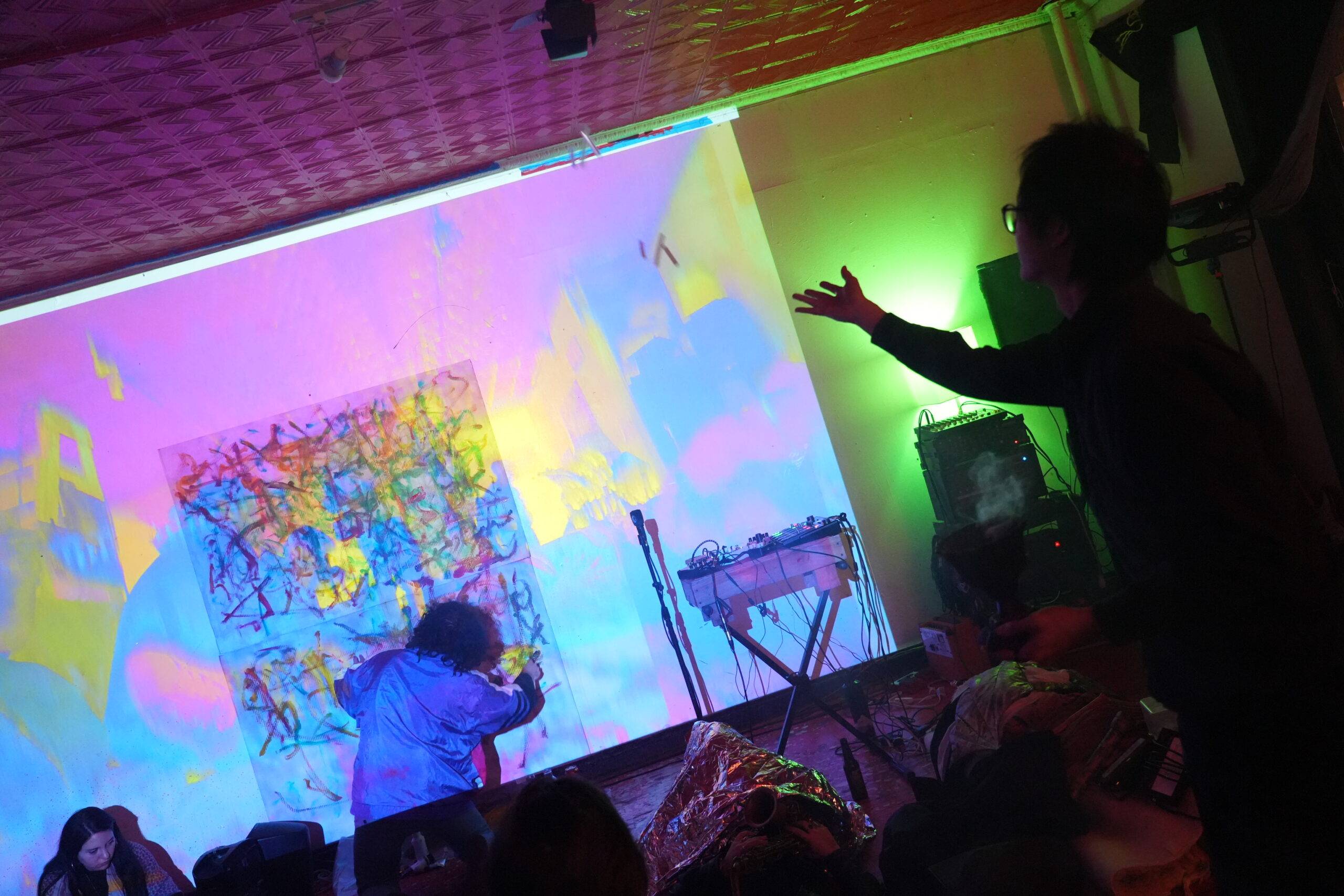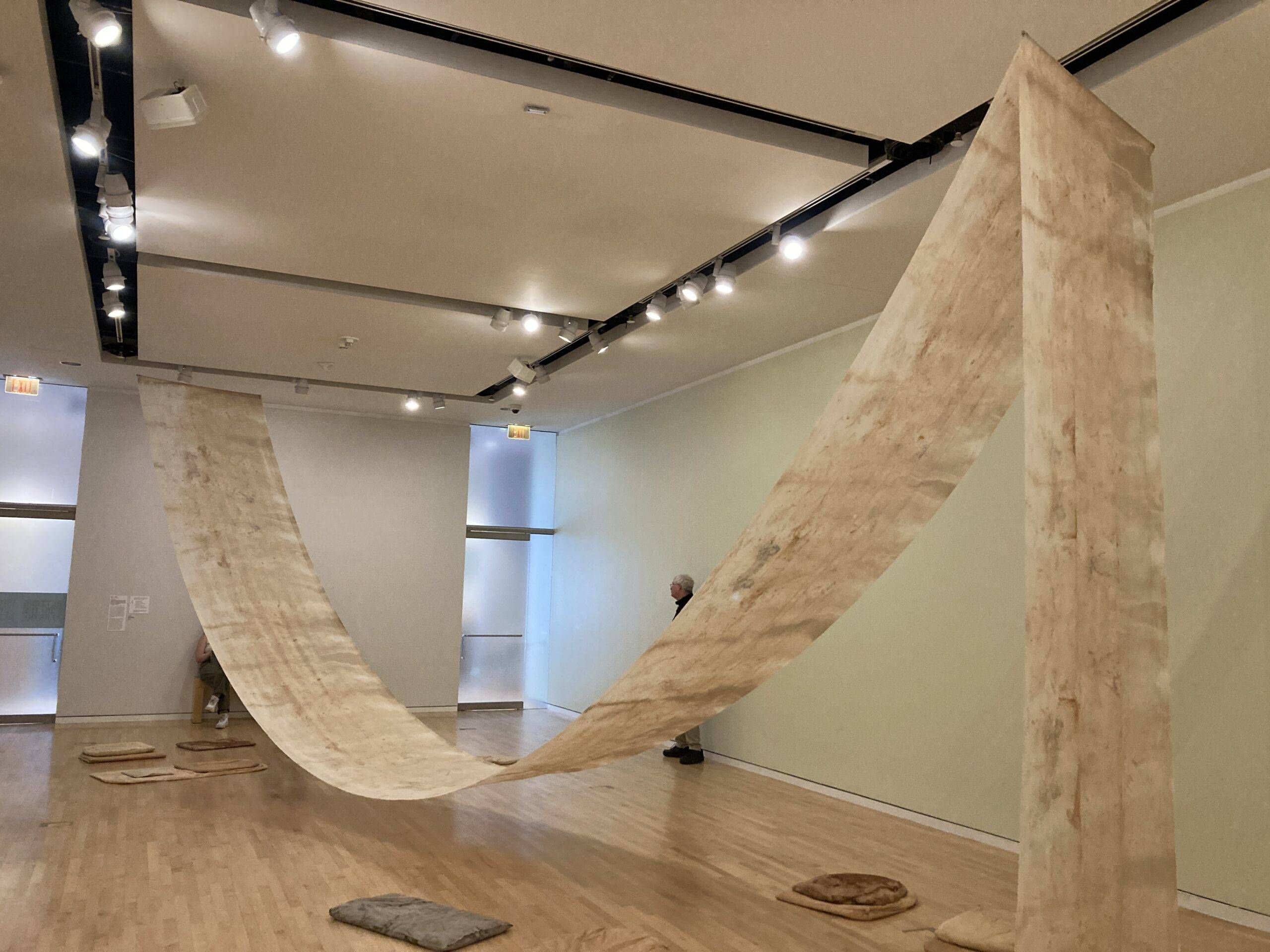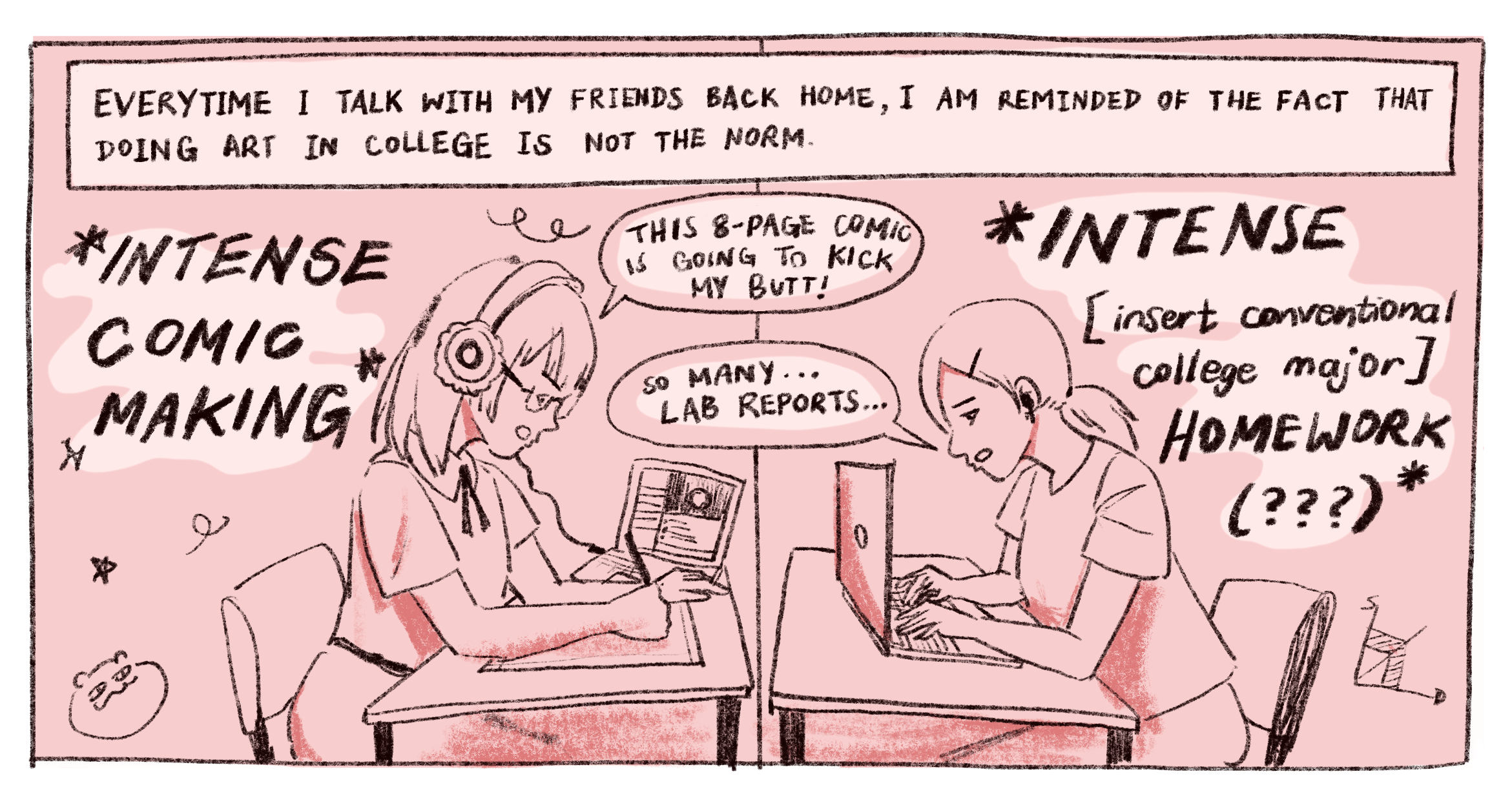How exactly does art adapt to social media? Recently, there’s been a new style of video editing that’s completely taken over TikTok called Corecore. Also called NicheTok, Corecore, is usually defined as a group of appropriated videos that typically show extreme emotional reactions without any context, which very loosely tells some sort of story. The message to most Corecore videos is generally unclear or not very specific.
The foundations of Corecore are mainly political, focusing on the automation of society and the negative effects of technology on society. Like most social media trends, the political messages were dropped, and the artistry of Corecore evolved to be completely around the editing style.
Corecore videos are extremely jarring to watch. Because they are so emotional, it’s hard not to want to search for a deeper meaning behind Corecore videos. The issue is Corecore videos have no deeper meaning. There are some exceptions to this trend, but for the most part Corecore videos, especially the most popular ones, don’t have a specific message. They mash together a myriad of emotive clips from hyper-popular films and random internet videos with a piano instrumental or Radiohead song put over it. There’s no purpose to Corecore, which makes these videos even more nihilistic.
Is the purpose that there is no purpose? Are these videos absurdist? Am I meant to be questioning the nature of art or the art of human nature? Corecore, at its center, appears to be a journey between misery and meaninglessness, a connection in disconnection and our collective separation.
When I was first researching Corecore, I watched a plethora of videos under the Corecore tag on TikTok. I was so despairing after watching Corecore videos that I cried for nearly a half hour afterward. I was then extremely embarrassed because I was so upset after watching a bunch of meaningless videos strung together by random people on an app meant for dancing teenagers. But Corecore somehow got to me and was able to accomplish the very thing it was pointing out; it used technology to make me experience sadness.
Recently in the Corecore tag, there’s been a large number of videos that no longer fit the previous pattern of the other Corecore videos. They no longer follow the same editing style of showing one clip, then overlaying the music, and following with a series of unrelated emotive and contextless clips. Instead, some of these new videos are the average singular clip TikTok video, and typically the clip isn’t appropriated either. So if Corecore isn’t based around that original editing style anymore, what is it?
Now, the only common theme between all of these videos is emotion. All of the videos, including the ones that don’t follow the typical editing style, revolve around deep or depressing emotion, and relate to technology, how technology affects us, how we emote through technology, or how emotions can become distorted through technology. Corecore was initially meant to capture an emotion through many unspecific videos to make a point, then it became a stream of unconnected meaningless videos that all themed around the same emotion, and now it simply is misery. It almost seems kismet that an editing style turned genre would slowly turn into a Dadaist mess of meaninglessness and eventually lose the only unifying factors it had to begin with.
Corecore questions who gets to determine art movements in the new era of social media. Anybody can post anything under the Corecore tag on TikTok. They don’t need to prove that it exists in the same realm or makes the same points as any of the previous posts, because TikTok doesn’t police who can use what tags on their videos. People feel that their videos belong under the tag, and they put them there themselves. Unlike the art world before social media, anyone can contribute as long as they have internet access. Anybody can hop on these art movements regardless of their skill or prestige as an artist. Anybody can be part of Corecore, and as time goes on Corecore could become a different beast entirely.
Corecore is an interesting trend, but it certainly won’t be the last social media art movement to depict despair or spiral out of control. Perhaps Corecore can regain its status as an editing style, but its evolution into becoming a trend entirely based on emotion is certainly a much more fascinating result.
Kit Montgomery (BFA 2025) is earning their degree in side quests. Currently, they’re contemplating cyborgs, vampires, and boating accidents.
Images used for our illustration include stills from “Blade Runner 2049,” “Little Miss Sunshine,” “Family Guy,” “Subway Surfers,” “The Rehearsal,” “Everything Everywhere All at Once,” “It’s Always Sunny in Philadelphia,” “Joe Rogan,” Ameca the Humanoid, Black Friday footage, an illustration of a chicken in VR by Austin Stewart, “Joker,” “Fight Club,” “Fantastic Mr. Fox,” “Ladybird,” “Bojack Horseman,” “Eternal Sunshine of the Spotless Mind,” “Marriage Story,” “the Bear,” “La La Land,” “American Psycho,” “2001: a Space Odyssey,” “The Truman Show,” and “The Simpsons.”






















